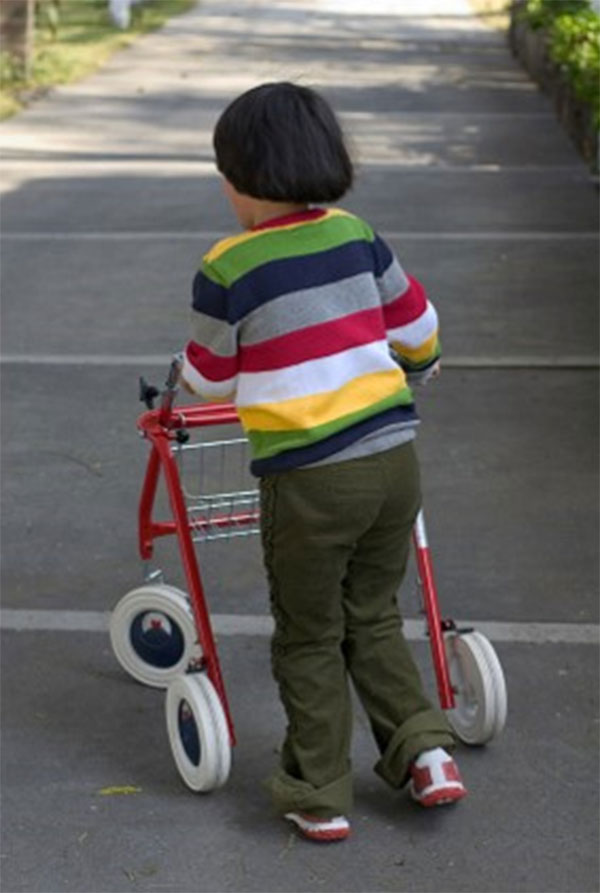 If your background is only in typical development and you have not had personal experience with disability or mental health issues in young children, it may be daunting to think about providing home-based services to a child with special needs. However, each Early Head Start (EHS) or combined Head Start program is required to have not less than 10 percent of their children identified as eligible for intervention services by their state or local agency providing services under the Individuals with Disabilities Education Act (IDEA ). Your program's disability manager will be helpful in your ongoing work with children with disabilities.
If your background is only in typical development and you have not had personal experience with disability or mental health issues in young children, it may be daunting to think about providing home-based services to a child with special needs. However, each Early Head Start (EHS) or combined Head Start program is required to have not less than 10 percent of their children identified as eligible for intervention services by their state or local agency providing services under the Individuals with Disabilities Education Act (IDEA ). Your program's disability manager will be helpful in your ongoing work with children with disabilities.
Each EHS program is required to have a memorandum of understanding (MOU) with its local early intervention provider. Part C of IDEA requires each state to manage their own federally funded early intervention program for infants and toddlers. Head Start programs must have an MOU with the local education agency responsible for providing identification and special education services for children between the ages of 3 and 5, under Section 619 of IDEA Part B. The collaboration between early intervention and EHS benefits each agency and helps meet the needs of more infants and toddlers with disabilities in your community.
If the child qualifies for services under your state's definition of a developmental delay, the child should be receiving appropriate services. Such services may include special education, physical therapy, occupational therapy, and speech therapy.
You will also learn about the child's likes, dislikes, interests, and learning goals by being a careful observer. You and the parents may learn from each other about how to read the subtle signals of a child with motoric, central nervous system, or sensory impairment. Along with advice from the IDEA team, you will bring your own knowledge of how to read and understand children and how to engage them in learning.
The families of infants and toddlers will have an Individualized Family Service Plan (IFSP) that describes each family's goals for the child and how they will be achieved. The preschooler will have an Individualized Education Plan (IEP). Some programs use that plan as the basis for the Family Partnership Agreement or the child's school readiness goals, adding pieces about the family's own goals for education, work, or being self-sustaining. Having a child with a severe disability can have a profound effect on both a family and the home visitor. You may help by finding other resources, such as Parent Education and Information Centers, finding local and national organizations devoted to that particular disability, or putting them in touch with other parents of children with disabilities. The child's healthcare provider is also an important member of the team who is available to support the family's individualized goals for their child; he or she may also be able to provide additional resources or referrals. Socializations offer important opportunities for families with children with disabilities to be in a supportive, welcoming community.
Read more:
Resource Type: Article
National Centers: Early Childhood Development, Teaching and Learning
Last Updated: February 19, 2025
